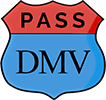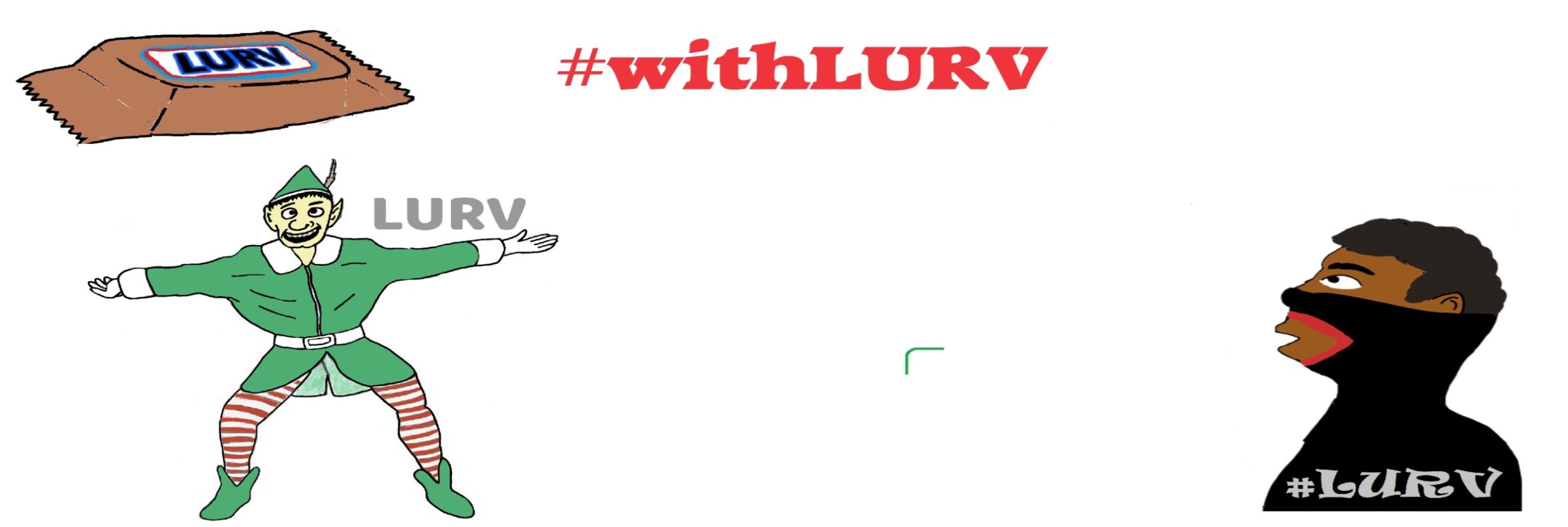Why do so many shipping and receiving yards care if you slide your tandem wheels?
When driving a big truck with trailer into a shipping/receiving yard, in my trucking tenure I estimated that about a third of them required you to slide your trailer’s tandem wheels all the way to the doors. This was usually in a drop and hook situation.
The trailer you were leaving, was to have its wheels back (sometimes before even entering the yard) and then docked or left on the lot between many other trailers. The trailer you then hooked would need its tandems slid forward, in order to properly drive on the road.
I asked myself and others many questions as a first-year driver, and ever since. For some reason I had never asked my trainer this one. You can’t get the right answer if you don’t even know which questions to ask.
Slip-seat trucking Bridges Passing Hazards
That trainer knew a great deal, about many things. Sometimes he talked over my head. Not even on purpose, but trying to teach me something that I couldn’t yet grasp.
Why do shipping yards like the tandems to be slid back on the containers? This might seem like basic information to you. I suppose I thought that the yard dogs’ job was partly to take care of all that stuff. I didn’t stay ignorant for very long. There are some mean ole barking dogs out there.

I have asked the occasional security guard who tells me “Make sure your wheels are slid back” when entering a yard. Just to see what they say. Most of them don’t know about such things.
The yard dogs certainly knew some things. There are reasons for standard operating procedure. But did spotters think about such things? Do you? Not just “what” but “why”?
The answer to this appears to be at least several things.
You put the wheels back, as I just said, to follow a procedure. This is almost too basic: It is one of those things at work, accepted as the way to do it. It becomes second nature. “Every trailer has the wheels back” so that every spotter knows what to expect.
Make sure your tandem handle and pins are locked.
A Trucking Truth moderator suggests that less experienced drivers keep the tandem pin around the ninth hole to make backing easier. It can take newer truckers some time to learn the correct angles for reversing a trailer with fully-backed tandems.
You put the wheels back to help with loading. A heavy forklift carrying heavy cargo into a trailer needs the support of pushed back tandems. Stability is added to the entire container.
Some places aren’t this particular with procedure. The ones that have lots of rules, have their own reasons. The ones that don’t have all those rules, are places where I don’t ask lots of questions. I  have always let the company tell me everything they need for me. No need for me to offer things. “Remember we are on the clock and paid for driving forward miles not reverse.”
have always let the company tell me everything they need for me. No need for me to offer things. “Remember we are on the clock and paid for driving forward miles not reverse.”
But the number one reason to put the trailer wheels back might be to make for easier backing into a lot space. Take it from the yard spotters:
I can’t count the times I’ve seen someone spending several minutes trying to back their trailer into a tight spot, then slide those tandems back. The spotter glaring at you while he waits for you to get out of his way only makes things worse.
Slide those tandems first, then put the trailer away. Now the rear overhang isn’t going to rip up that landing gear handle the last driver left sticking out.
—Nine Trucking Lessons Learned Driving a Yard Dog
If a driver has problems backing with the tandems back, he can keep them forward while fitting the rear of the container to the dock, then slide them back once he is a few feet from the dock lip. This might require some maneuvering when the guard has watched you slid back at the gate. I remember doing several sliding back and forth as I went from road to gate to lot. I wanted to follow their rules and keep things comfortable for me, too. Takes work.
Tail swing issues (for me) in extremely tight areas are dealt with by releasing the tandems and allowing them to float freely. this allows the tandems to be slid while backing to accommodate the situation. I’ve had to keep the tandems slid short to set up on a hole, then slid the tandems back from that position to insure it went in without hitting a trailer. Once set in the hole, slide them forward to avoid the curb in front.
–Trucking Report commenter
This is a true thing, the part about snagging something when the tandems are far forward. I hit a car driving the big truck in the middle of the Bronx, in my first month alone as a trucker. I didn’t have enough sense to know that I wasn’t ready for 53′ in there.
With the tandems slid very far forward to make some VERY sharp turns on city streets, I misjudged on a right turn. You should have seen these turns. At that stage of my driving experience, they looked sharp. Like pie wedges to me. I swiped the front fender of some guy’s parked car while he and his girl were walking away from it. When I got out to talk to him, I smiled and said, “Are you sure it was me?”
Bear in mind: That was after going one block too far past my destination, and nearly running beneath a bridge… some guys at a corner gas station screamed at me to stop, but they didn’t need to. I had seen the low bridge. I was just sitting there not knowing what to do.
Parts memoir, tall tale, second-hand story, and instructional manual: Chris DeBrie’s “Check Your Tandems” is the perspective of a truck driver journey from newbie “greenhorn” to seasoned professional.
There was no way to go around the block. three directions were blocked by lid-tearing obstructions. I had to back up in NEW YORK CITY, three weeks out of my trainers’ trucks, for a city block, with people walking close enough to head-butt the back of my trailer like it meant nothing. Totally presumptuous, and all of that. It was below freezing that day, and I was sweating like pickup hoops. Then I made the correct turn… and then I hit the parked car. Because I thought that having the tandems far forward was more safe. Only when you know about terms like ‘turning radius’.
No one had or could have taught me the different ways to move a truck with trailer through tight situations. I would handle it totally differently now. I am glad not to have to find out.


